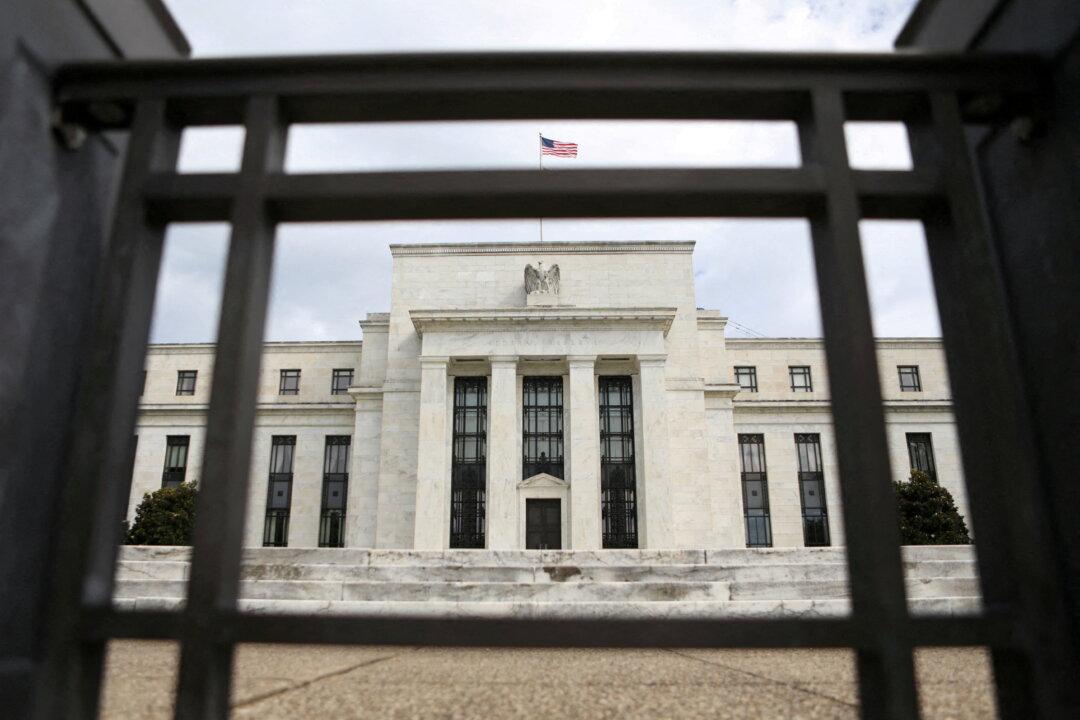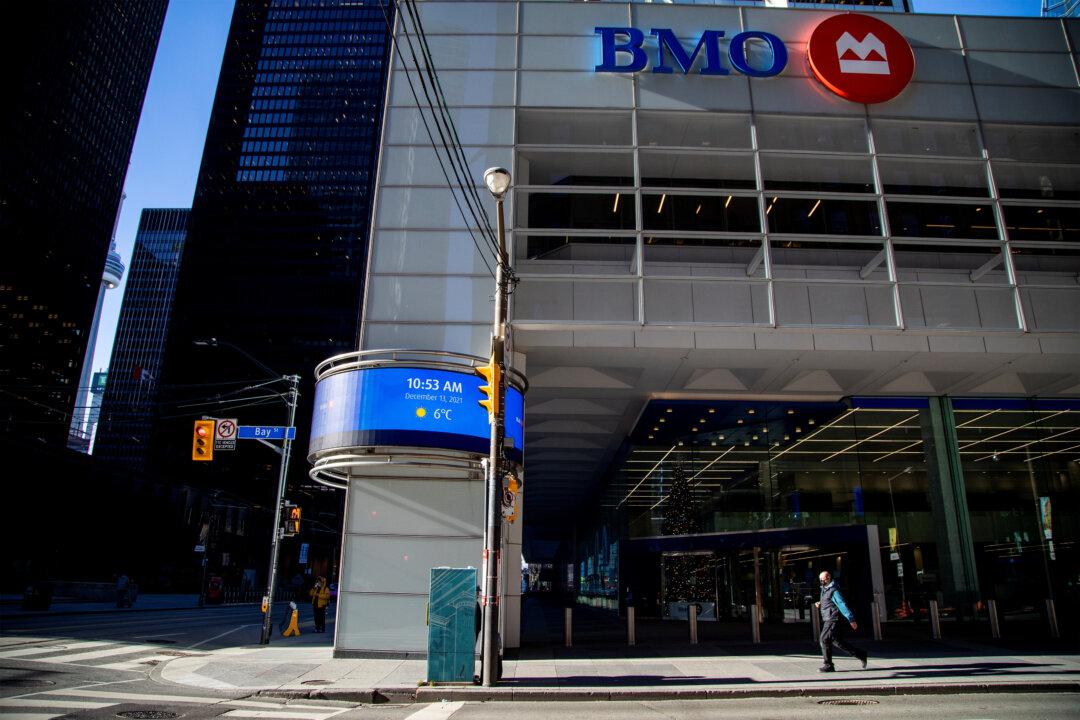Slowing U.S. inflation may have opened the door for the Federal Reserve to temper the pace of coming interest rate hikes, but policymakers left no doubt they will continue to tighten monetary policy until price pressures are fully broken.
A U.S. Labor Department report Wednesday showing consumer prices didn’t rise at all in July compared with June was just one step in what policymakers said would be a long process, with a red-hot job market and suddenly buoyant equity prices suggesting the economy needs more of the cooling that would come from higher borrowing costs.





